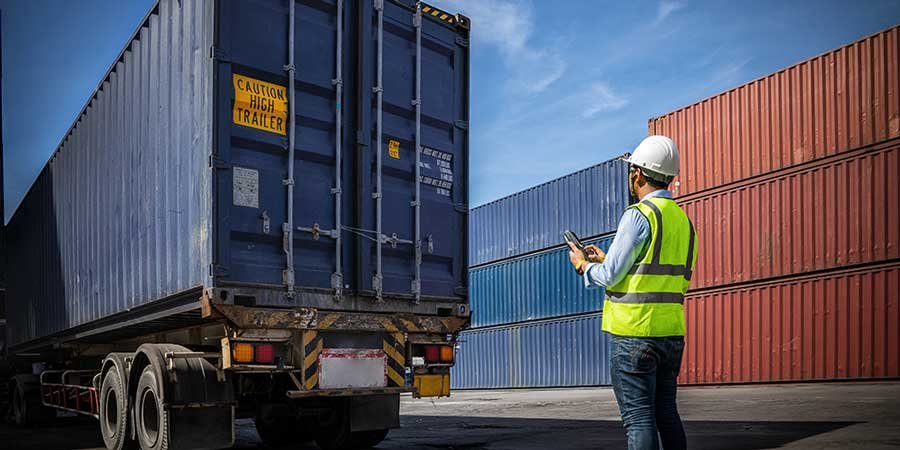A storage trailer is an extremely useful addition to any construction site. Most construction companies use lots of expensive tools and pieces of machinery on-site while completing work. Valuable time that could otherwise be spent working on the project is often wasted transporting these tools back-and-forth from stationary storage sites or warehouses. Buying or renting a storage trailer to keep at the jobsite is a great way to save time and money and complete a faster, more streamlined construction project.
However, whenever you are dealing with big, heavy, dangerous machinery, handling and storing items with caution is critical. Read on for some tips for safely loading a construction site storage trailer.
Work with Qualified Personnel
One of the most important parts of packing a storage trailer safely is making sure you are working with qualified, experienced people. Only those with training should handle certain construction site tools and materials. People who are familiar with any dangerous equipment should be involved in packing it into your trailer. Not only can these items cause injury, but if stored improperly, they can become damaged or broken or damage other items in the trailer. You may need to train your workers ahead of handling these items as an extra safety measure.
Make Sure the Space is Clean
When you first receive your storage trailer from an on-site storage company, it will be completely clean and ready for your items. However, if you have been using your trailer for a while and want to repack it, remove all items and clean the interior. Be sure to remove any dirt, dust, and anything else that may be in the trailer. This way, it will be ready to safely store your items.
Ensure the ramp and loading area is also clean, as this area can accumulate dirt, mud, and environmental debris, depending on where you keep your trailer. A clean space is best for keeping your things damage-free.
Choose a Suitable Location
Your storage trailer should be kept somewhere at your jobsite that workers can reach easily. In many instances, they will need to retrieve items multiple times per day. Keeping your construction site storage trailer in a safe, out-of-the-way location is important. Do not block any walkways or small, narrow spaces with it. Make sure workers can safely access the trailer and navigate it without any risk of becoming injured. If your trailer has swing doors, make sure there is more than enough space for them to fully open and close.
Store Similar Construction Site Materials Together
Construction site materials and chemicals sometimes react when kept too close together. For example, lots of common construction tools are flammable and could react to one another. This poses a dangerous threat to your workers and to the rest of your stored items. Fire is a grave risk, so don’t take a chance. Make sure all similar items are stored together, especially if they contain hazardous materials or are, in general, dangerous. It’s best to create a plan before packing your unit that categorizes items in a way that makes sense and allows for easy access.
Do Not Pack Over Capacity
Storage trailers come in a range of sizes to accommodate all construction site needs. It is important to make sure you are not overcrowding your trailer in order to keep workers safe and prevent damage. Designate clear walkways that should not be filled with items. This will make it easier to prevent the trailer from becoming overpacked. If you need a larger unit or multiple trailers, consult with your a storage trailer provider like Storage On-Site. An expert can help you choose the trailers you need to store all of your materials. It is better to have multiple construction site storage trailers than to overpack one and make it impossible to get to your items.
Stay Organized in the Long Run
When packing storage trailers, it is important to stick to a plan. In general, you should never block walkways or stack items too high or without stable items on the bottom. Use sturdy organizational tools, like file cabinets, shelving, crates, tables, and sealable boxes. Keep small items categorized and stored together. Store less-frequently-used items towards the back of the trailer, and make sure items that are needed often are easy-to-reach. Let your workers know where items should be stored to avoid making a mess and cluttering up the trailer. You can even create a map or a guide to post at the front of the trailer so everyone knows where to find what they need.

